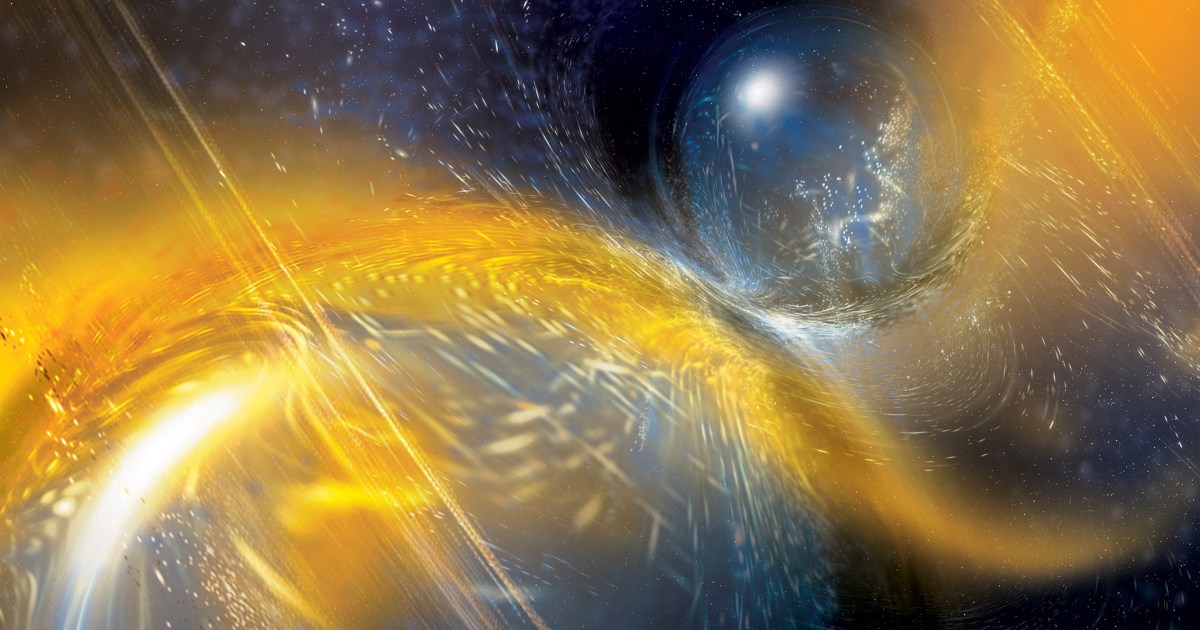- cross-posted to:
- becomeme@sh.itjust.works
- cross-posted to:
- becomeme@sh.itjust.works
Well, space isn’t a perfect vacuum, is it? It’s pretty damn close, but you’ll still encounter the occasional hydrogen molecule.
I mean, were talking about 1.7 seconds delay over a distance of 130 million lightyears! That’s virtually nothing.In fact, this might be a good way to measure the average density of loose matter in the universe.
Was thinking about that, too.
And if we had enough ligos throughout the solar system, maybe we could even image dark matter distributions.
It also depends on the starting point. If both the gravity wave and the light start in the middle of a star or even just inside a shell of an exploding star, or, in case of black holes, inside a cloud of matter that surrounds the hole waiting to be sucked in, there is more than enough matter to delay the light.
They are not emitted simultaneously. The collision is messy. The GRB comes from leftover bits of neutron star.




